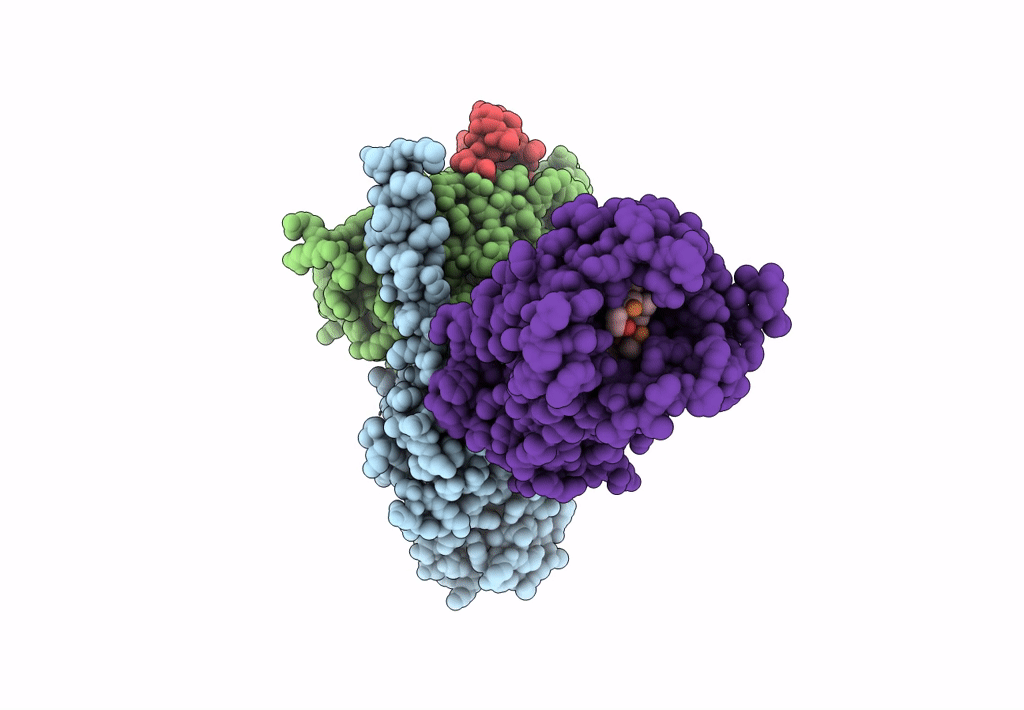
Deposition Date
2022-09-08
Release Date
2022-11-09
Last Version Date
2025-05-28
Entry Detail
Biological Source:
Source Organism:
Homo sapiens (Taxon ID: 9606)
Rattus norvegicus (Taxon ID: 10116)
Bos taurus (Taxon ID: 9913)
synthetic construct (Taxon ID: 32630)
Rattus norvegicus (Taxon ID: 10116)
Bos taurus (Taxon ID: 9913)
synthetic construct (Taxon ID: 32630)
Host Organism:
Method Details:
Experimental Method:
Resolution:
3.30 Å
Aggregation State:
PARTICLE
Reconstruction Method:
SINGLE PARTICLE


